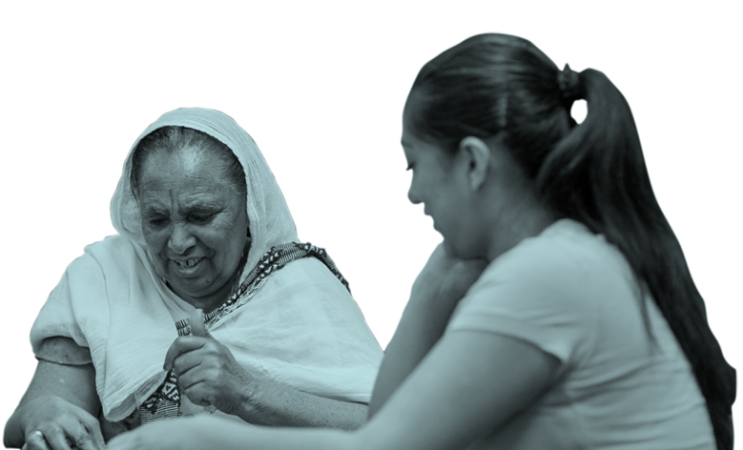Draw on Students' Culture to Shape Curriculum and Instruction
The previous installment of our series about culturally responsive teaching detailed ways educators can recognize and redress bias in the system. As we continue to explore each of the eight competencies of culturally responsive teaching outlined in New America’s culturally responsive teaching reflection guide, we’ll next look at drawing on students’ culture to shape curriculum and instruction. Incorporating this aspect of culturally responsive teaching acknowledges the importance of learners’ background knowledge, experiences and the contexts they come from in building new knowledge.
Educators who draw on students’ culture to shape curriculum and instruction may do the following:
- They incorporate learners’ ideas and preferences in creating projects, assessments and assignments.
- While districts and instructional managers are often the ones choosing curriculum, educators are empowered to analyze it for stereotypes and gaps in representation.
- When they see gaps in their required curriculum, teachers supplement it with a variety of other resources that take into account their learners’ cultures and experiences.
- Teachers select supplements that allow learners to see themselves, but to also learn about others.
Along with the actions above, educators who draw on students’ culture to shape curriculum and instruction engage with some of the following questions through journaling and discussions with colleagues:
- How do my learners see themselves and others reflected in the curriculum resources, assignments and assessments I have chosen?
- Do I evaluate curriculum for stereotypes and gaps in representation?
- How do I / can I learn about students’ preferences, cultures, existing knowledge and family traditions?
- Am I incorporating students’ cultural backgrounds on a regular basis, or only around particular holidays and special months?
Additional resources
New America’s Reflection Guide for Culturally Responsive Curricula
Cultural Relevancy Meets Open Education
Open Educational Resources Commons
For questions or comments about this tutor tip, contact Tutor Training Coordinator, Meghan Boyle at [email protected].
References
Muniz, J. (2021). Culturally Responsive Teaching: A Reflection Guide. Washington DC; New America.
Photo by Kampus Production: https://www.pexels.com/photo/young-ethnic-female-student-doing-assignment-with-tutor-in-university-5940706/


